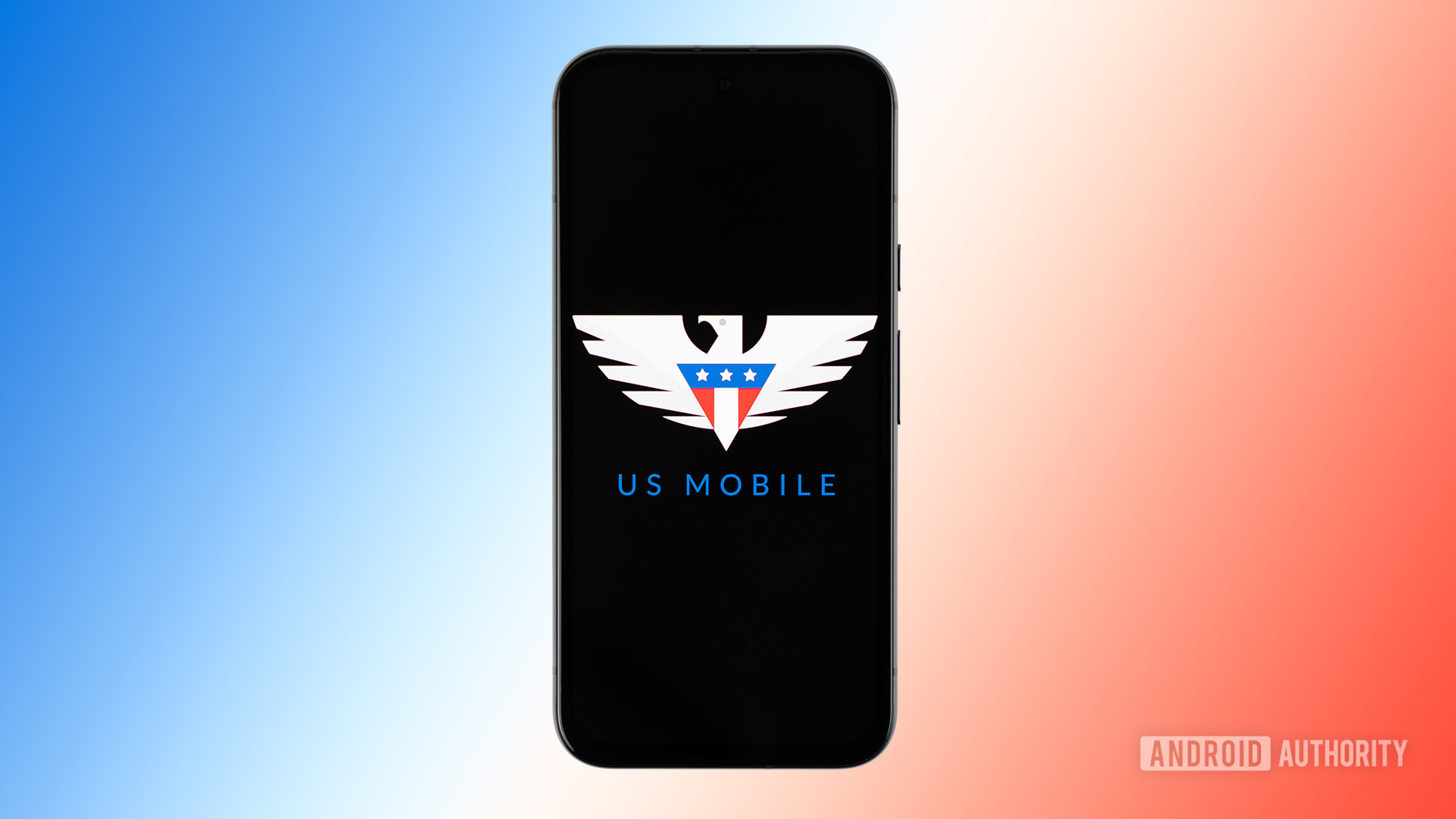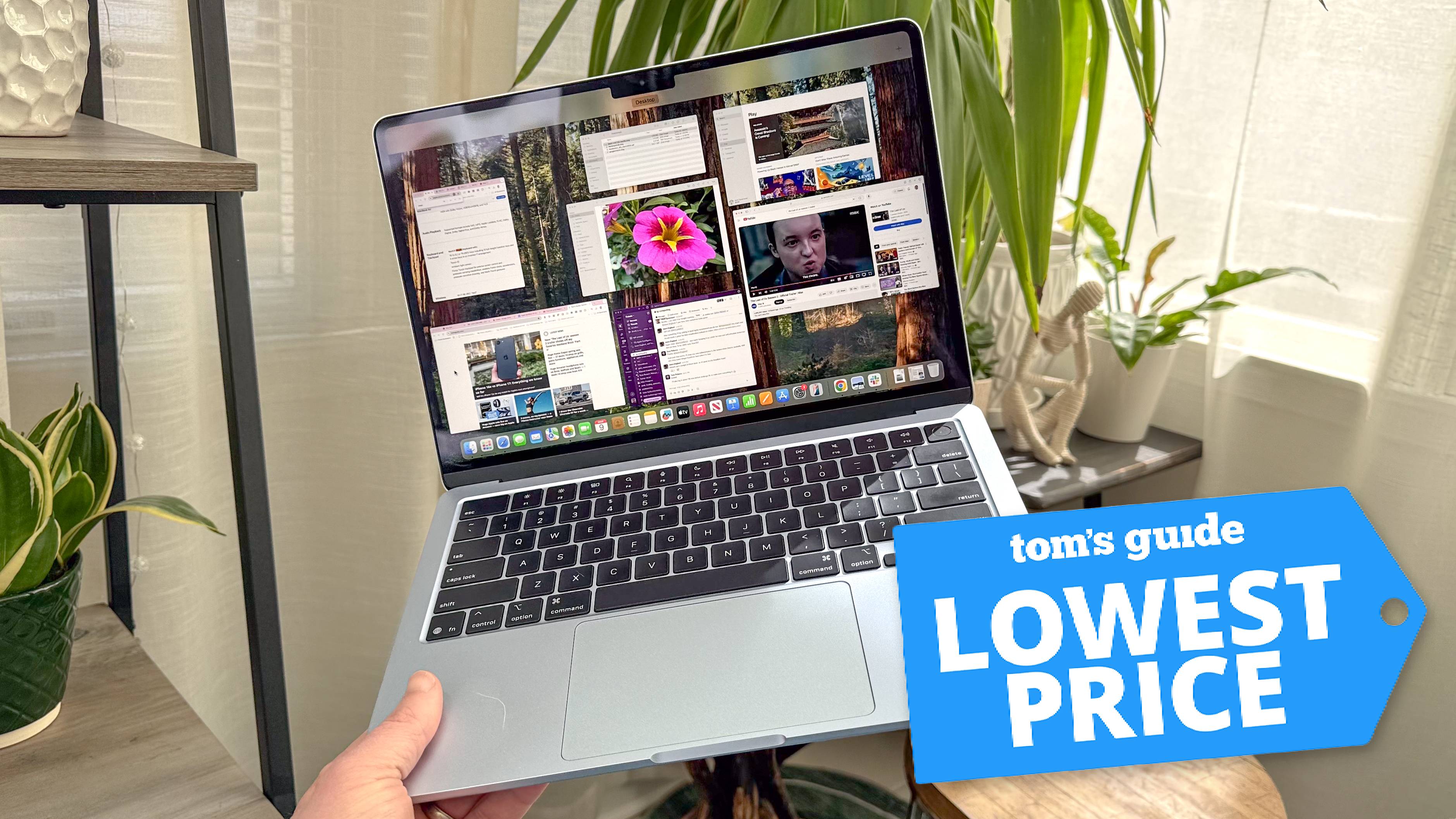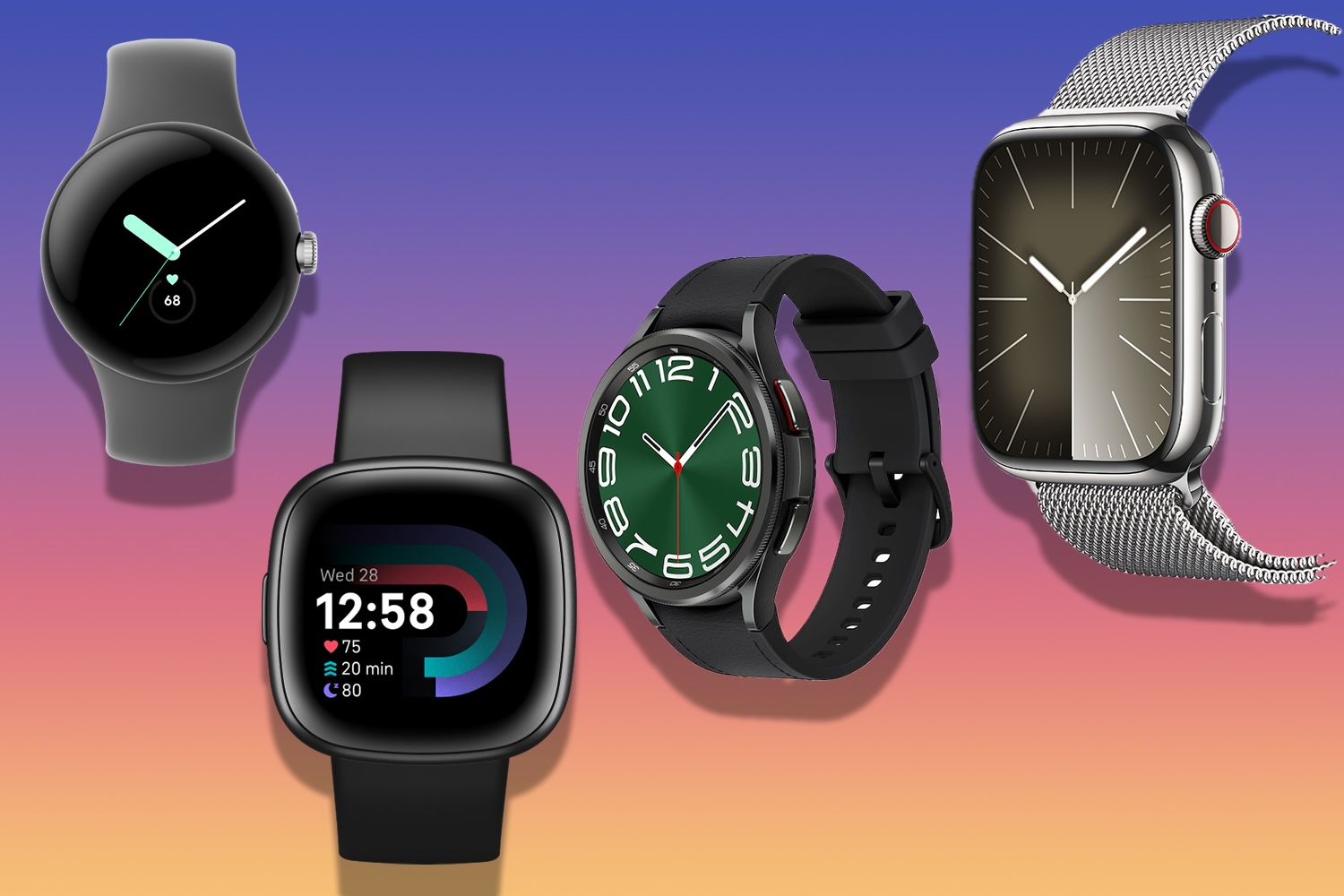Before the original Macintosh made history in 1984, there was the 1983 Apple Lisa, one of the first commercial personal computers to feature a graphical user interface (GUI) rather than a command-line prompt. Provided you had $9,995 to spare, that is.
If you’ve always heard about it on podcasts but never played around with it, here’s your chance.
Never heard of it? Here’s a quick summary
New Apple fans probably don’t know this story, and die-hard Apple fans are probably already pointing out corrections, but here’s the gist: the Apple Lisa’s GUI paradigm was famously… borrowed from Xerox, and that machine became one of the first commercial computers to present the user with a mouse, icons, and windows, rather than text-based commands.
If this is news to you, you can find dozens of websites, podcasts, books and even movies dedicated to this saga, including the classic TV movie Pirates of Silicon Valley from 1999, starring Noah Wyle (The Pitt, ER) as Steve Jobs, and Anthony Michael Hall (Foxcatcher, The Dark Knight) as Bill Gates.
Here is Jobs himself on the GUI of it all:
The point is, the Apple Lisa introduced a way to interact with computers that helped shape how we still use them today. And now, thanks to a meticulous browser-based recreation, you can explore that early GUI design for yourself, no $9,995 required.
Built by a Lisa 2/10 owner
Here is LisaGUI developer Andrew Yaros, who actually owns a Lisa 2/10, presenting his project on Hacker News (via BoingBoing):
“This is a web OS I wrote in vanilla JS that looks like the Apple Lisa Office System (1983-85), with other contemporaneous influences and additional improvements and features. It’s currently in alpha and isn’t remotely bug free. (…) This is a complete recreation of the UI in JS; it all renders to a single canvas element. It’s not a CSS theme, and not an emulator ported to JS. (…) Thus, every interface element – menus, windows, controls, and even typefaces – was recreated from scratch. There are no font files – I wrote my own typesetting system, which supports combining multiple text styles and generates new glyph variants on the fly. This is based on a UI from the 80s, and won’t work well on your phone. (…) I realize there’s not a whole lot to do within LisaGUI right now; I’ve got a big list of additional features and apps I’ll be adding in the future. I’ve been working on this project for a while, and I’m eager to hear people’s feedback and answer questions about it.”
One fun detail: to match its original display proportions, LisaGUI scales the interface to be 1.5x as tall as it is wide, so things may look a bit squished or stretched depending on your screen resolution. As Yaros explained on Hacker News, this quirk helps the UI look closer to the real thing, especially on high-DPI displays.
Another fun detail: as old-timers will readily point out, dragging a window will show just the frame of the window, rather than the entire thing. That was due to limited processing power and memory bandwidth, as rendering the full contents in real time was just too demanding for the Lisa’s hardware.
Alright, enough fun details. Whether you’ve ever wanted to see what Apple’s early desktop vision looked like or want to remember the good old times, this is one is worth clicking through.
iPad deals on Amazon
FTC: We use income earning auto affiliate links. More.











